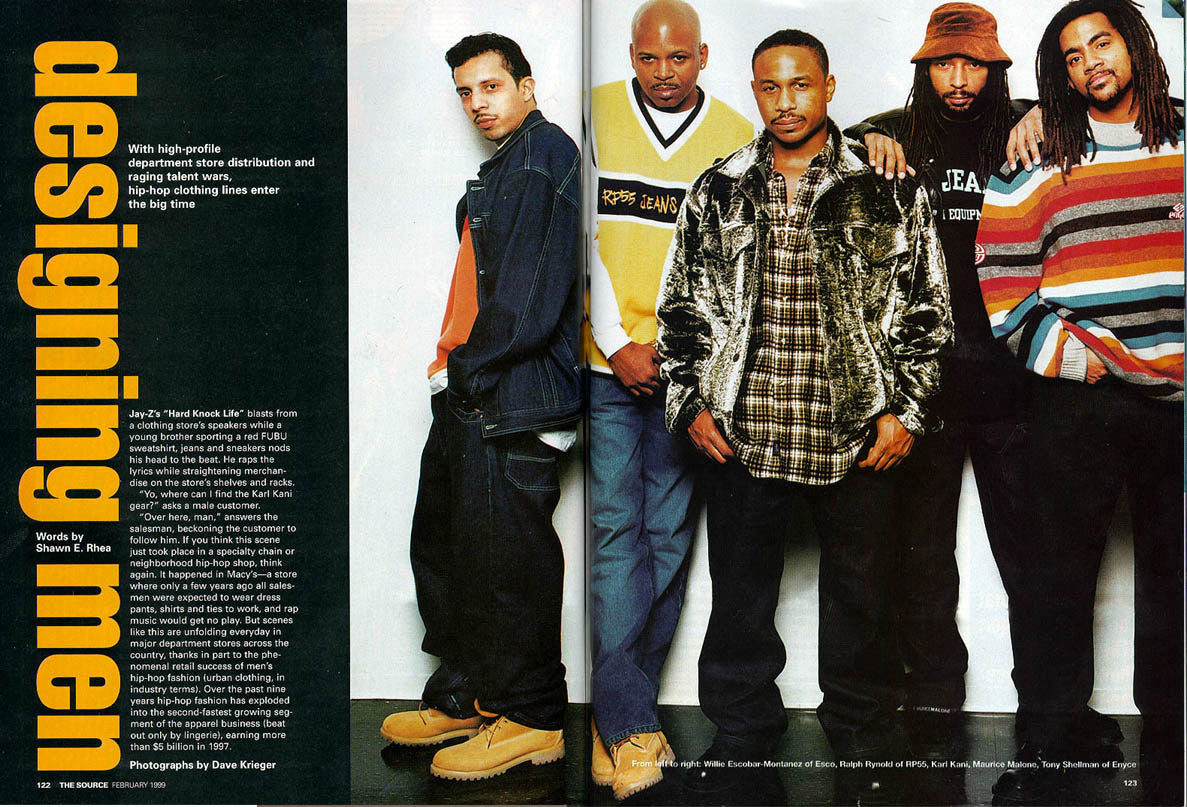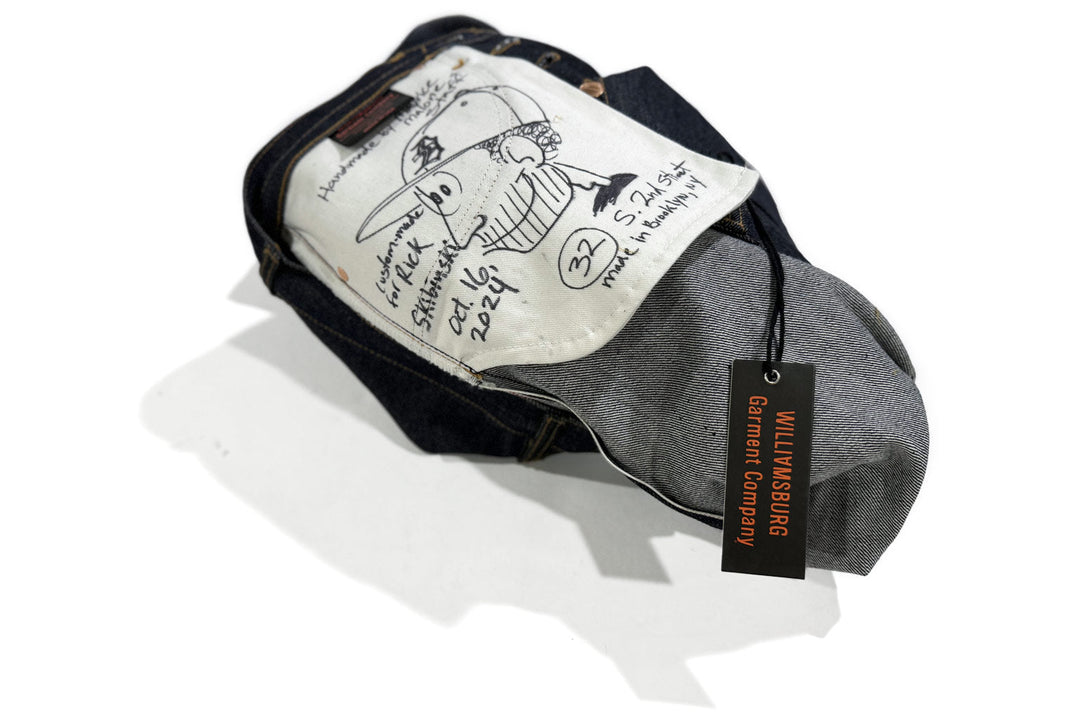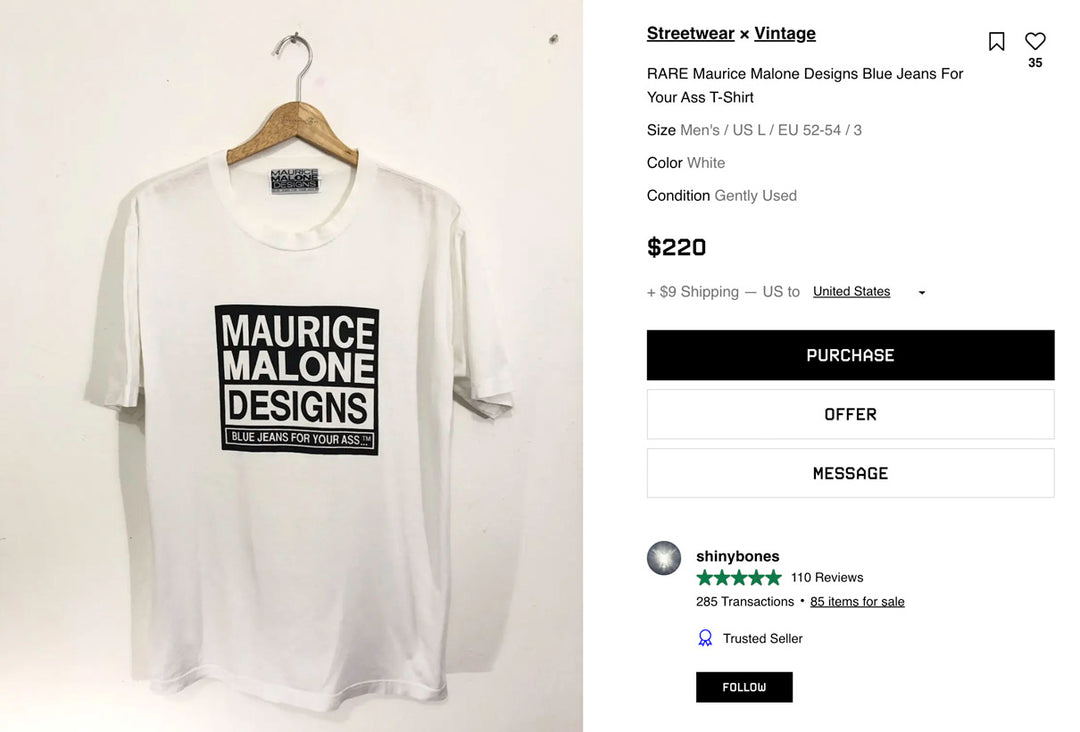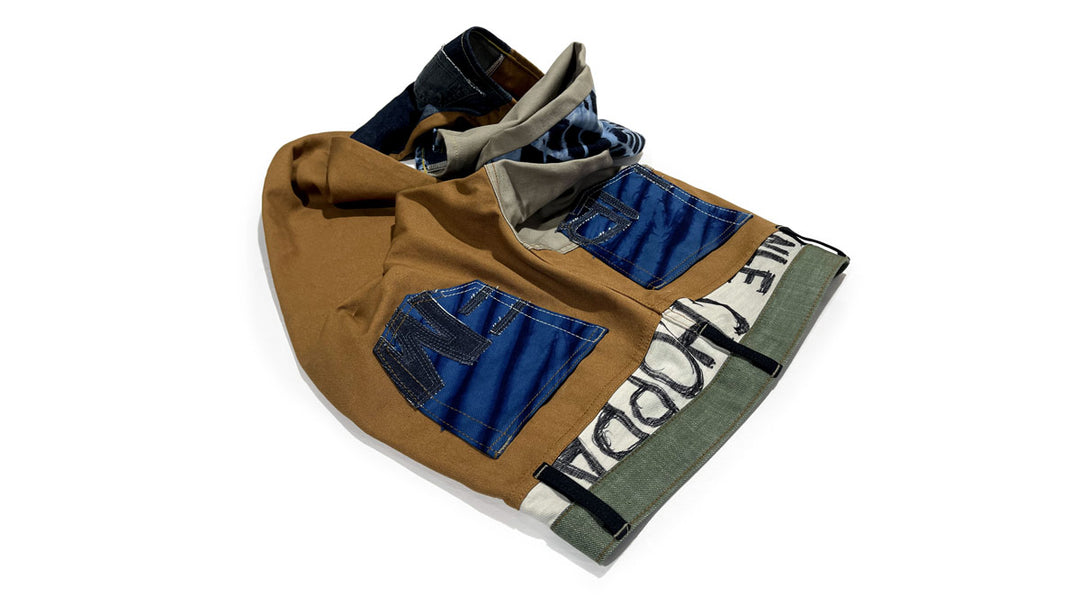Designing Men: Maurice Malone's Impact on 90s Hip-Hop Fashion and Urban Mainstream Raise

At a pivotal moment during a DNR retailers' summit in Florida, Maurice Malone, undeterred by the formal atmosphere, raised his hand to challenge the status quo in a room full of industry giants. As Terry Lungren, the then CEO of Macy's, opened the floor for questions following his keynote speech, Malone seized the opportunity to ask why established brands like Tommy Hilfiger and Polo by Ralph Lauren were prioritized over urban streetwear, despite its proven market appeal. This bold move resonated with at least one other attendee; another brand owner sitting behind Malone leaned forward, tapped him on the shoulder, and whispered, "Man, that took balls. A lot of us here would like to ask a question like that, but are scared too." This whispered exchange underscored the unique position and boldness of Malone as one of the few representatives of urban hip-hop brands at the summit.
Despite Malone's brands—Maurice Malone and Mojeans—commanding significant popularity and being top sellers in urban cities, they faced resistance in gaining acknowledgment from mainstream department stores. The inquiry at the summit, though seemingly met with openness—Lungren promised to look into the issue—eventuated in a paradoxical outcome. As subsequent seasons unfolded, brands like Fubu, Mecca, Karl Kani, Enyce, Echo, Phat Farm, and Rocawear began gracing the floor spaces of Macy's. Meanwhile, Maurice Malone’s own brand found itself inexplicably sidelined, an unforeseen casualty in the movement he helped catalyze.
This incident underscores a broader narrative surrounding the Maurice Malone brand. Renowned for its innovative design and edgy advertising, Maurice Malone has always represented more than just a fashion label; it’s a symbol of a designer’s steadfast commitment to authenticity and quality. Diverging from the norm, Malone’s philosophy was that the intrinsic worth of his designs should not depend on celebrity endorsements. This principle has guided his endeavors, including the Williamsburg Garment Company, which today stands as the nation’s leading denim alterations specialist. Yet, many of his new patrons remain unaware of his foundational influence in the urban and hip-hop fashion domains.
The story of Maurice Malone is not merely about fashion but also about resilience and the relentless pursuit of fairness within the industry. It serves as a poignant reminder of the often unheralded struggles that lay the groundwork for broader acceptance and success. As the fashion industry evolves, the legacy of pioneers like Maurice Malone continues to inspire future generations, particularly those who dare to challenge the established norms.
designing men
Words by Shawn E. Rhea for Source magazine
With high-profile department store distribution and raging talent wars, hip-hop clothing lines enter the big-time.
Jay-Z’s “Hard Knock Life” blast from a clothing store’s speakers while a young brother sporting a red FUBU sweatshirt, jeans and sneakers nods his head to the beat. He raps the lyrics while straightening merchandise on the store’s shelves and racks.
“Yo, where. Can I find the Karl Kani gear?” ask a male customer.
“Over here, man,” answers the salesman, beckoning the customer to follow him. If you think this scene just took place and specialty chain or neighborhood hip-hop shop, think again. It happened in Macy’s—a store where only a few years ago all salesmen were expected to wear dress pants, shirts and ties to work, and rap music would get no play. But scenes like this are unfolding everyday in major department stores across the country, thanks in part to the phenomenal retail success of men’s hip-hop fashion (urban clothing, industry terms). Over the past nine years hip-hop fashion has exploded into the second-fastest growing segment of the apparel business (beat out only by lingerie), earning more than $5 billion in 1997.








Leave a comment